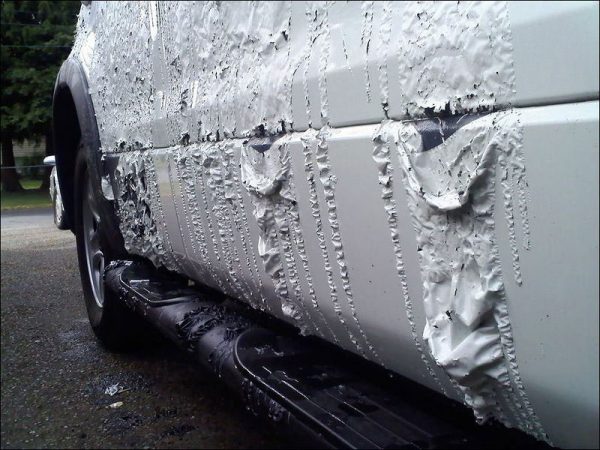The reliable body of a modern car is resistant to the external environment and is able for many years to resist the appearance of rust. However, the paint layer is not so durable, therefore, if the vehicle is handled carelessly, the painted surface can be seriously damaged.
- Petrol
- Tar
- Insects
- Resin, wood juice, poplar fluff
- Chicken eggs
- Litter of birds
- Dirty car drawing
- Coca-Cola and other drinks
- Ice
- Boiling water
- Dishwashing liquid
- Sunflower oil instead of wax
- Brake fluid
- Abrasive washcloths or dust
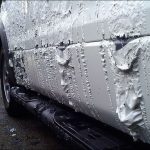
Petrol
When refueling a car tank, you can accidentally leave a few drops of oil on the body. After fuel evaporation, greasy spots are observed on the surface, which contribute to damage to the paintwork. If vehicles were recently washed and waxed, first of all gasoline will corrode this protective layer and may not reach the paint. That is why waxing is an important step when washing a car.
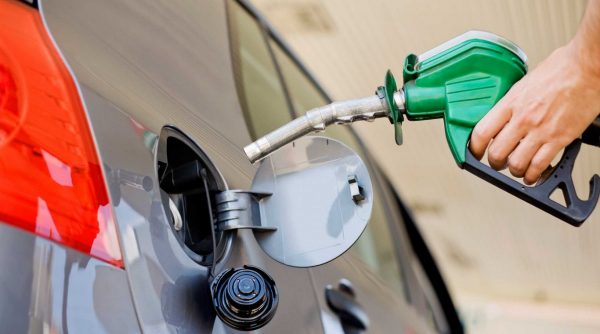
Tar
In the heat, asphalt can melt in direct sunlight, and as a result, tar rises to the surface of the roadway. Having passed on such a coating, you can subsequently find black smudges on the car. Removing such spots will take up to several days. It is best to use special formulations and non-aggressive degreasers. After cleaning, professional washing of the vehicle with shampoo and waxing is recommended.
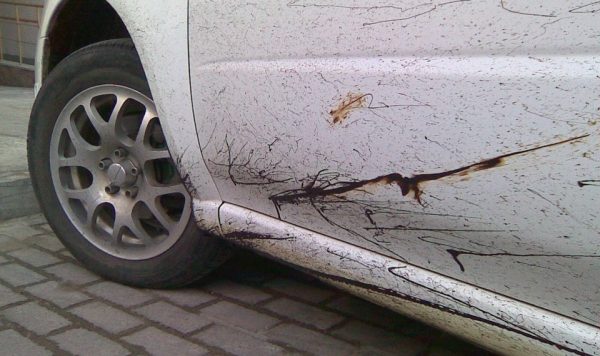
Insects
In the warm season, midges and other insects stick to body parts in large quantities. Dealing with such pollution can be very difficult. In addition, the waste products that insects secrete contain acids that can corrode paint.
It is important to remove adhering insects as soon as possible and not leave the transport in this form for a day or more. Otherwise, it is unlikely that it will be possible to eliminate the problem on its own without damaging the paintwork. Only a professional sink will come to the rescue.
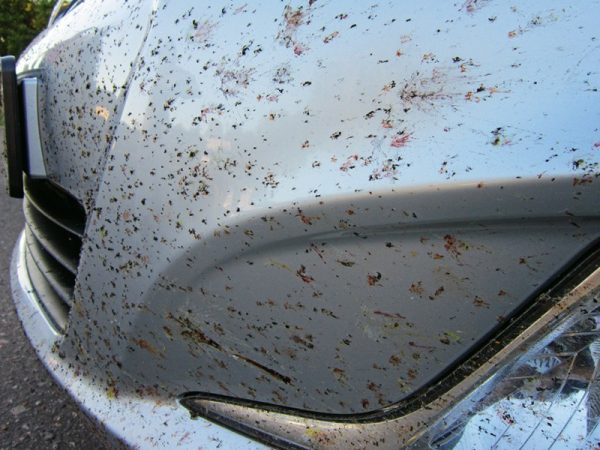
Resin, wood juice, poplar fluff
Do not put cars under the trees in spring and summer. Resin and other natural substances tightly stick to the body and leave noticeable spots on it. Difficult traces bring a lot of trouble, because even after removing them, the paint on the car can be damaged due to a chemical reaction with wood juices. If the vehicle is significantly damaged, only polishing will help.
Another problem is poplar buds. They are sticky, fall from the trees immediately in large quantities and are difficult to rub off. Even fresh traces are removed with great difficulty, often you have to resort to the help of professional compositions.
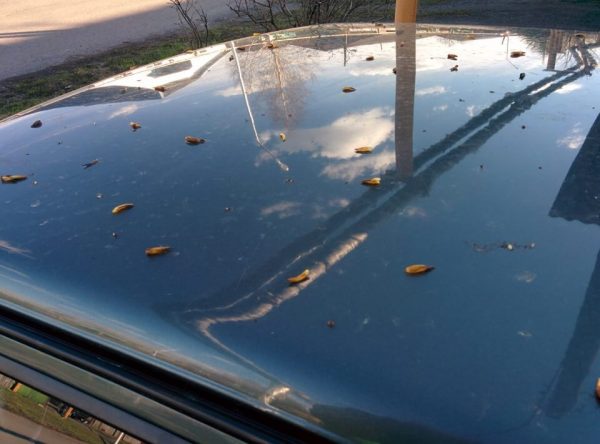
Chicken eggs
Situations when eggs fall on a car body happen infrequently. If this still happened, it is necessary to get rid of the egg mass as soon as possible. The acidic environment of chicken protein and yolk contributes to corrosion of paint.It is important to wipe such a stain very carefully, otherwise small particles of the shell can leave scratches on the paint coat.
In order to avoid such pollution, you should not leave vehicles under the windows of residential buildings, near playgrounds, near holiday zones. Accident or someone's harmless joke can turn into a big problem for the car owner.
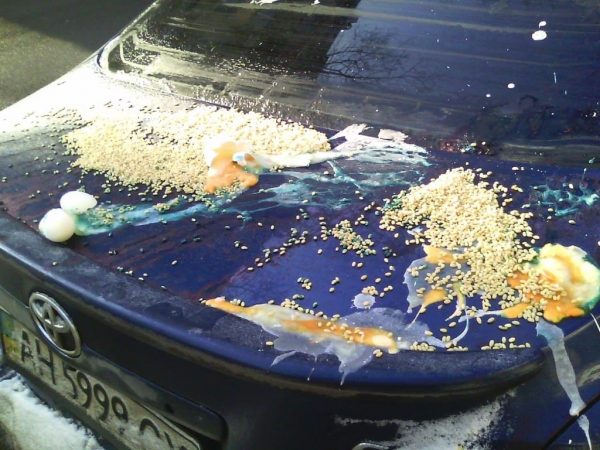
Litter of birds
This is one of the main enemies of motorists. Removing bird droppings from the body is not a very pleasant procedure. Leaving it on the car for a long time, you can get big problems with cleaning and damage the paint layer.
When feces of feathered birds are on the vehicle’s surface for a long time, especially during sudden changes in temperature and precipitation, a phenomenon such as warping occurs, paint may become clouded.
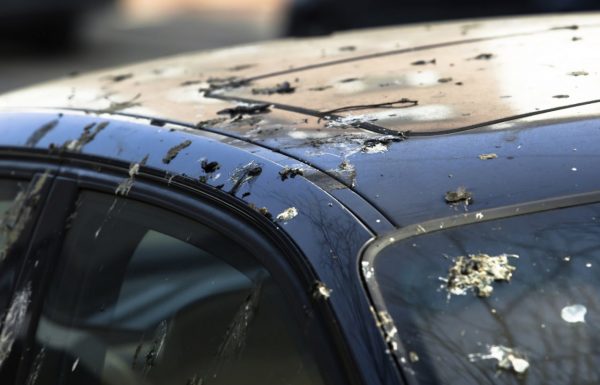
to contents ↑Fresh droppings should be removed with extreme caution. This substance may contain particulate matter, and when you clean the car with a tissue, the risk of scratches increases.
Dirty car drawing
Drawing on a dusty body is not a good idea. At first glance, this is a harmless prank that is unlikely to contribute to car damage. However, in practice, it is not uncommon for traces to remain on a hood or door after a prolonged period of a drawing or inscription on the hood or door, so you have to resort to polishing.
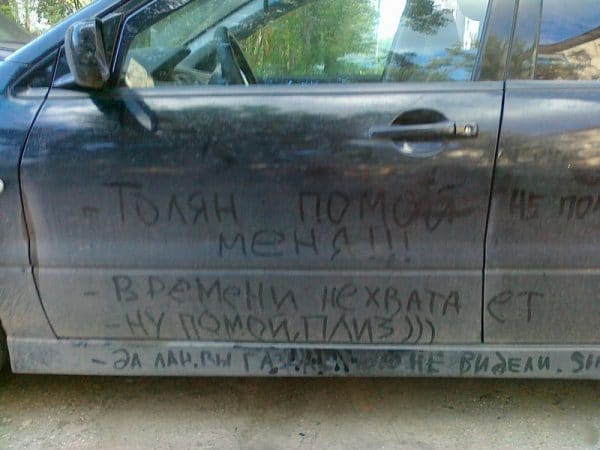
Coca-Cola and other drinks
Car owners often put cups or bottles of various drinks on the roof or hood of their vehicle. By negligence, they can be spilled, and damage to the paint layer is likely. Carbonated drinks and coffee are especially dangerous because they have an acidic environment that is unfavorable to paint. The same applies to the well-known Coca-Cola, which is often used for other purposes.
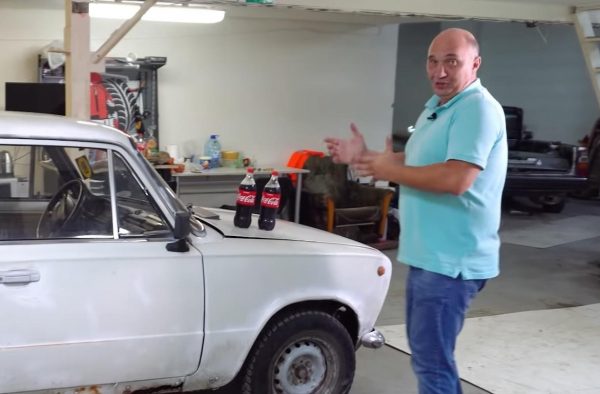
Ice
Soft snow poses no danger to the car. However, the ice crust, which is often formed on the body in the winter season, can cause many problems to the car owner. Ice is removed with a scraper and a brush, it is important to do it carefully and not use hard devices that scratch the machine. It must be remembered that when cracking, ice pieces during scratching can scratch the surface.
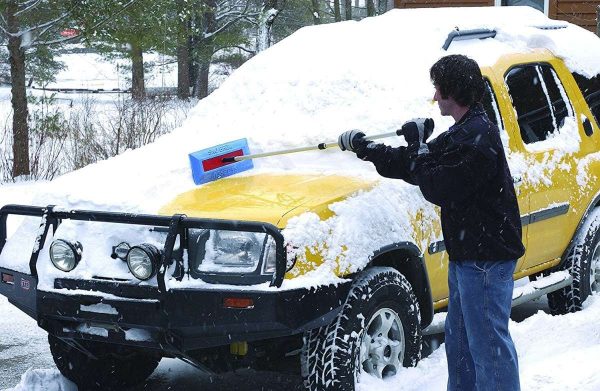
Boiling water
Hot water can damage car paint. Especially dangerous is the ingress of boiling water on the outdoor elements in the winter season. In this case, you should remember what happens to glassware if you hold it in the freezer and then pour over boiling water.
Dishwashing liquid
Household chemicals are effective in combating stains, however, it should be remembered that such compositions are able to dry the paintwork. After such a treatment, the painted surface becomes fragile and susceptible to dirt, which eats up much faster and deeper than before.
to contents ↑
Sunflower oil instead of wax
Sometimes economical drivers after washing do not cover the car with special wax, but with sunflower oil, mistakenly believing that they have found a worthy alternative. It is strongly discouraged to do this, since vegetable oil is a substance of organic origin, which contributes to the destruction of the structure of the paint layer. As a result, unplanned expenses arise, significantly exceeding the cost of waxing.
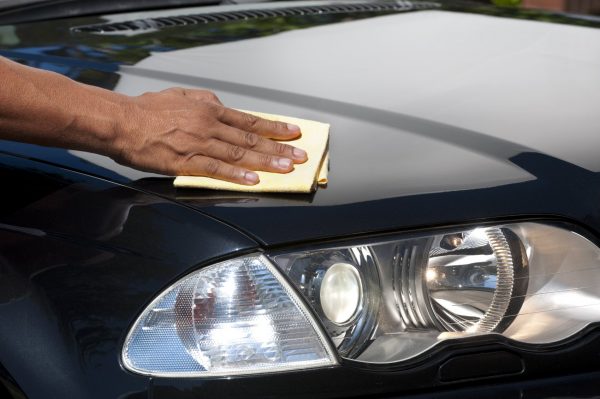
Brake fluid
This is a real disaster for the painted surface of the car. The risk of spilling such liquid onto the vehicle is small, but if this happens, it is important to remove fresh stains and smudges as soon as possible. If you forget about the traces for a while, darkening of the paint and its bloating is possible. This problem is not eliminated with the help of professional cleaning solutions and other chemical compositions, only polishing can help, but not always.
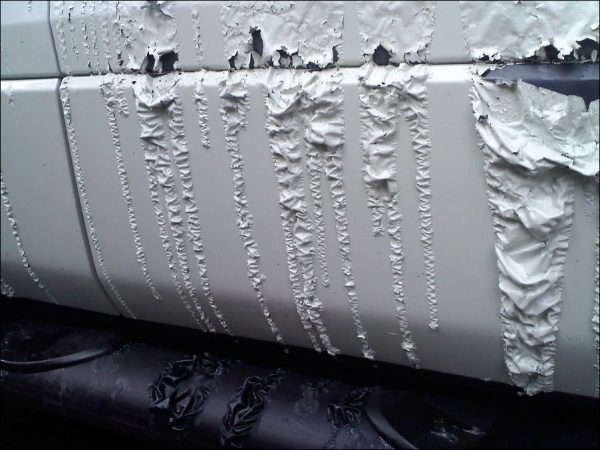
Abrasive washcloths or dust
Do not rub the car with hard sponges and napkins made of thick fabric. Otherwise, scratches, sometimes very deep ones, cannot be avoided. The vehicle should be washed regularly, because adhering dirt and fine dust particles gradually damage the coating.
It is important to use only specialized shampoos and other formulations designed to wash the car, and after all cleaning operations to cover the cleaned surface with wax.
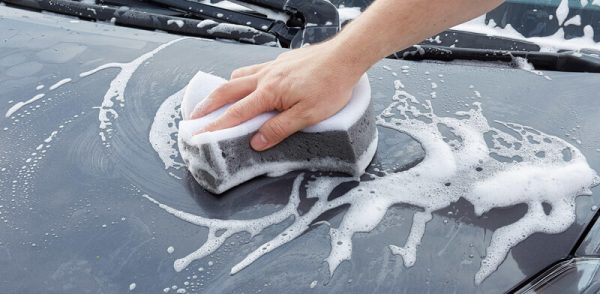
Car paint is sensitive to environmental influences. Motorists are daily confronted with substances and various phenomena - potential "killers" of the paint layer. Improper use and poor-quality car care can result in corrosion, so it is important to ensure that the body does not come into contact with aggressive compounds, and when spots appear, it is immediately cleaned.


